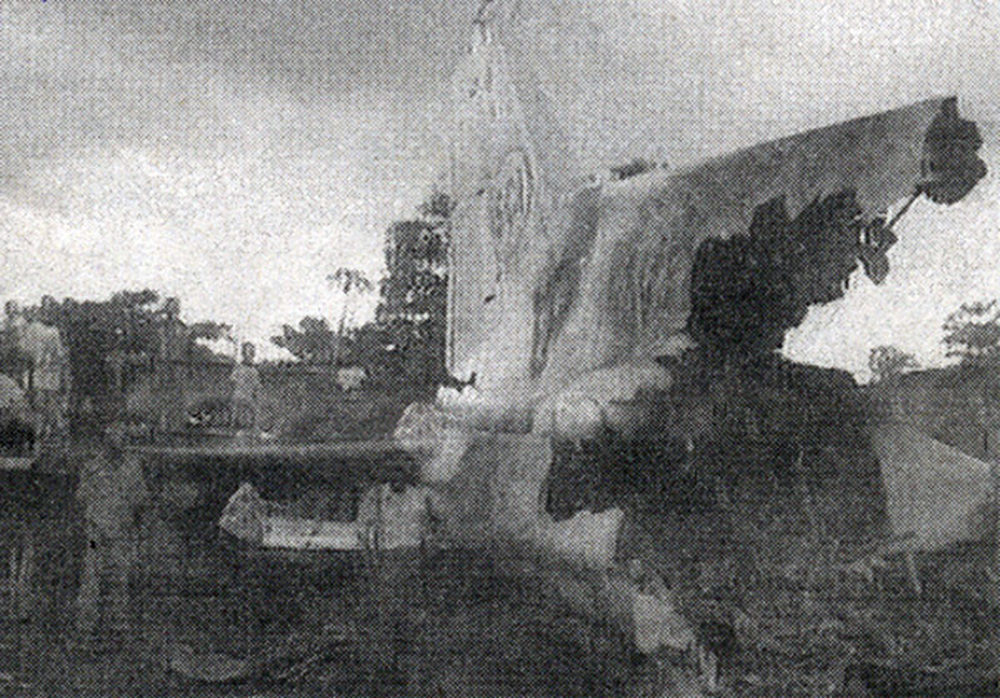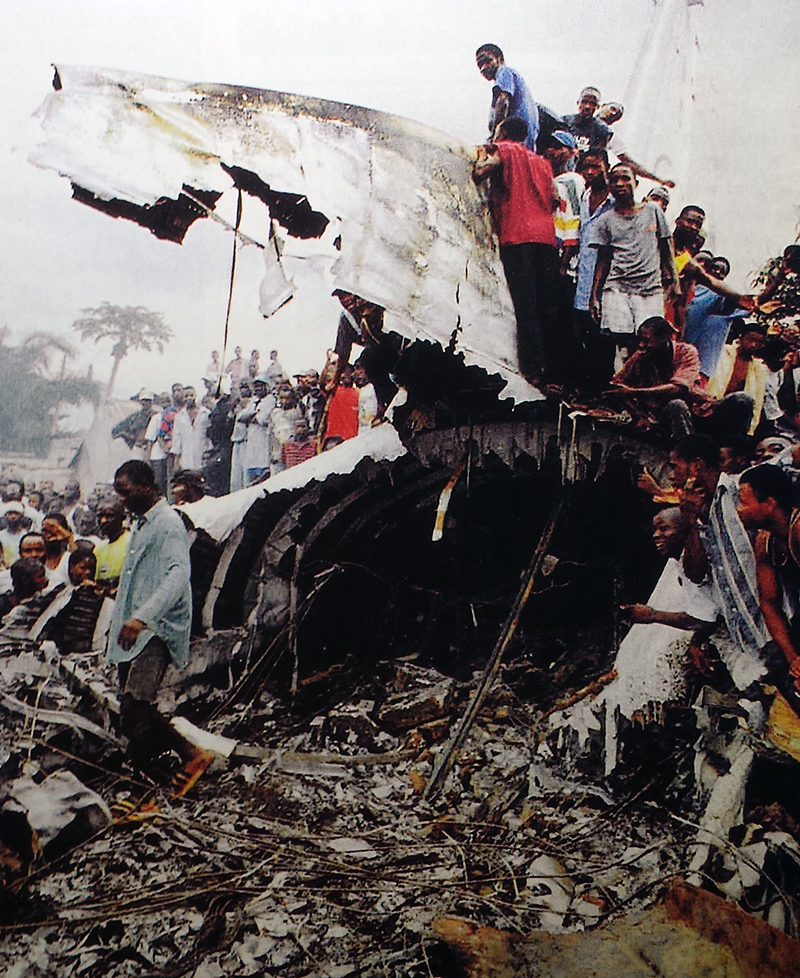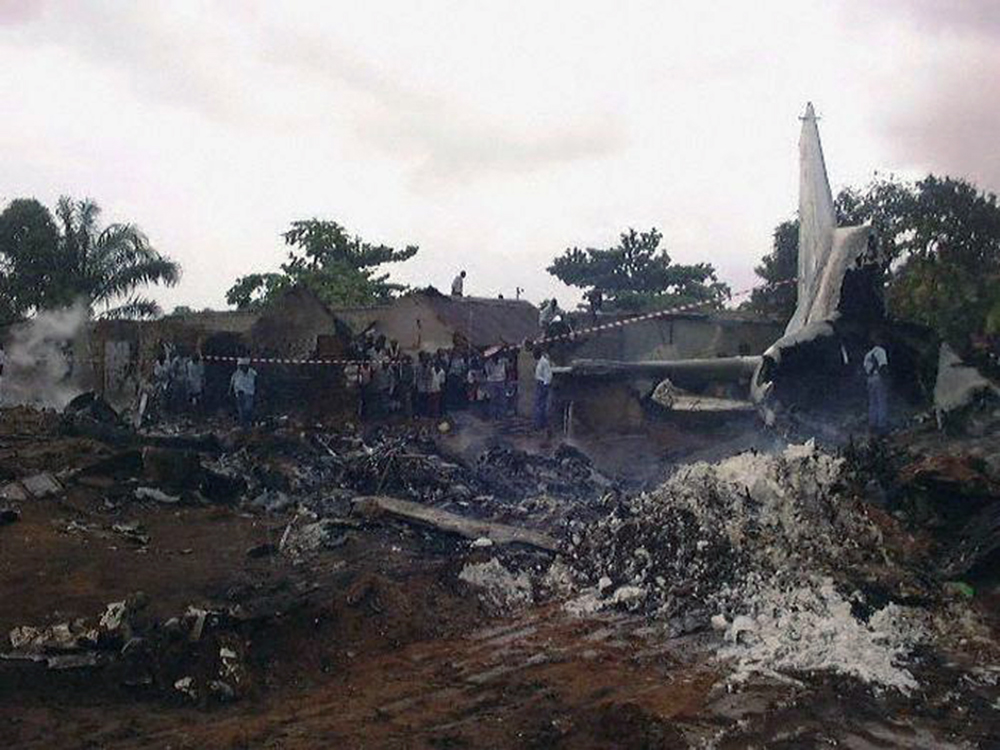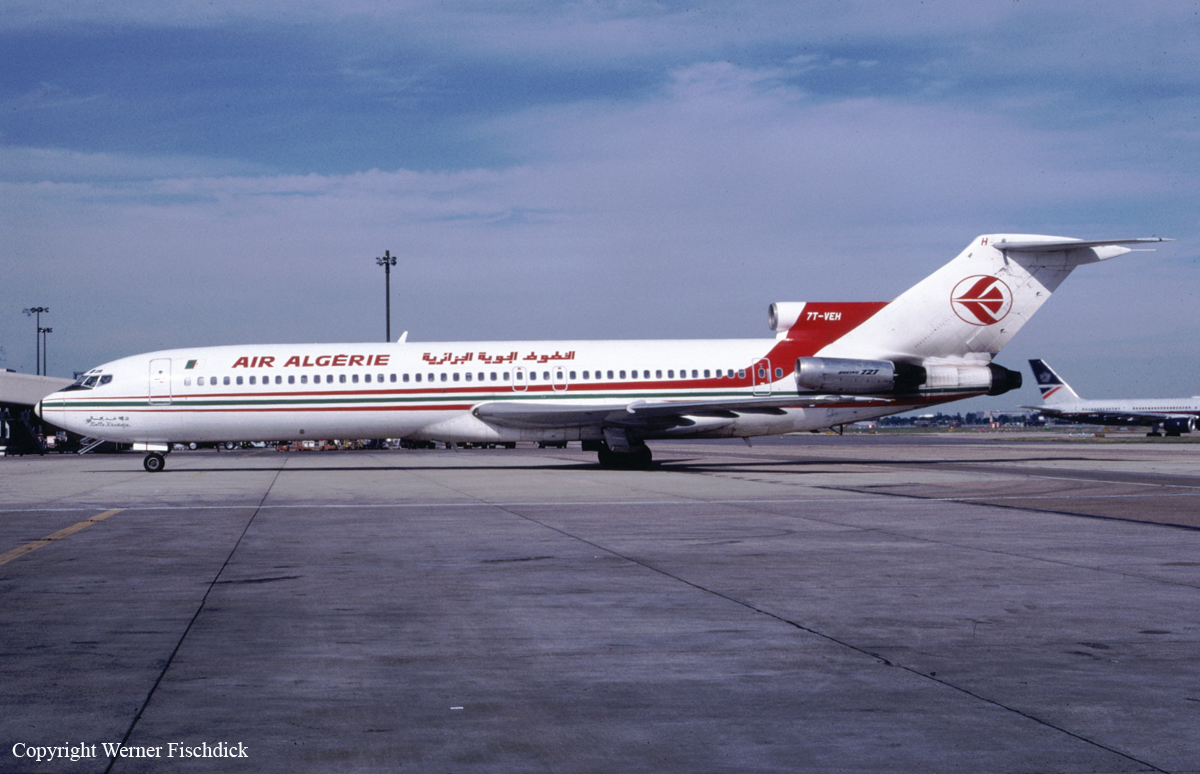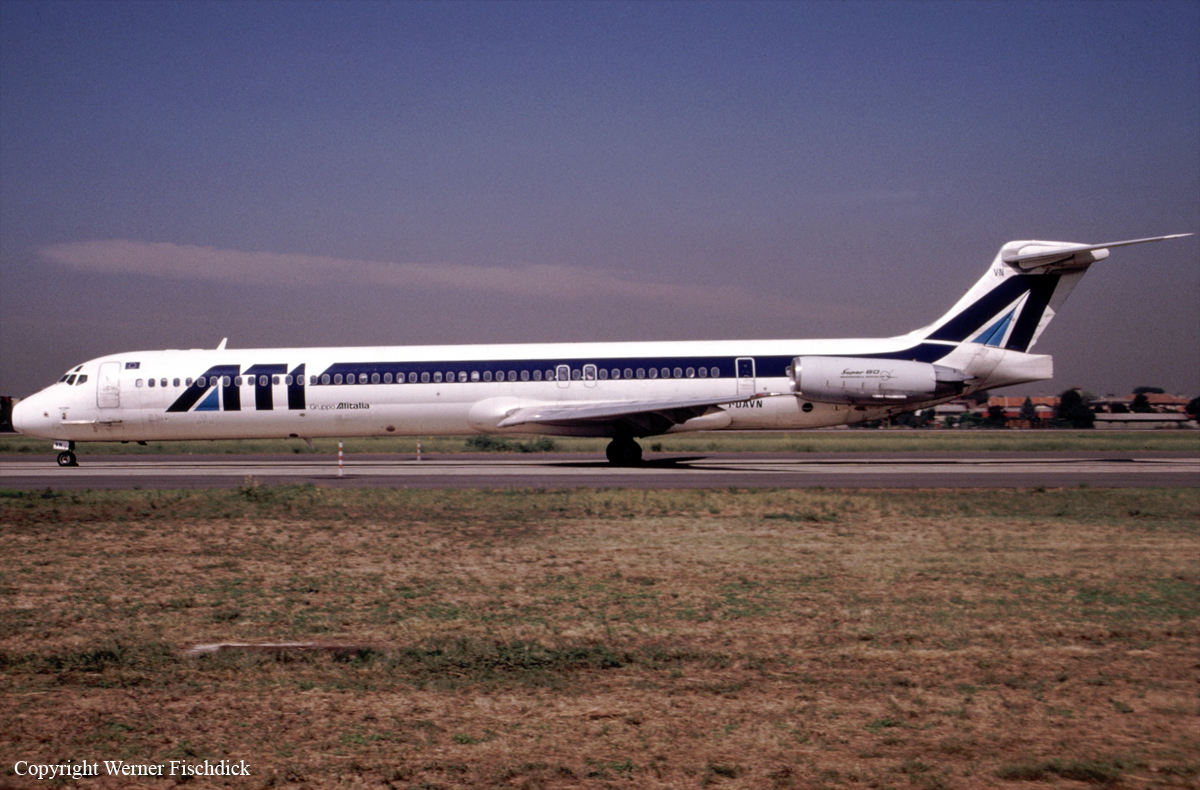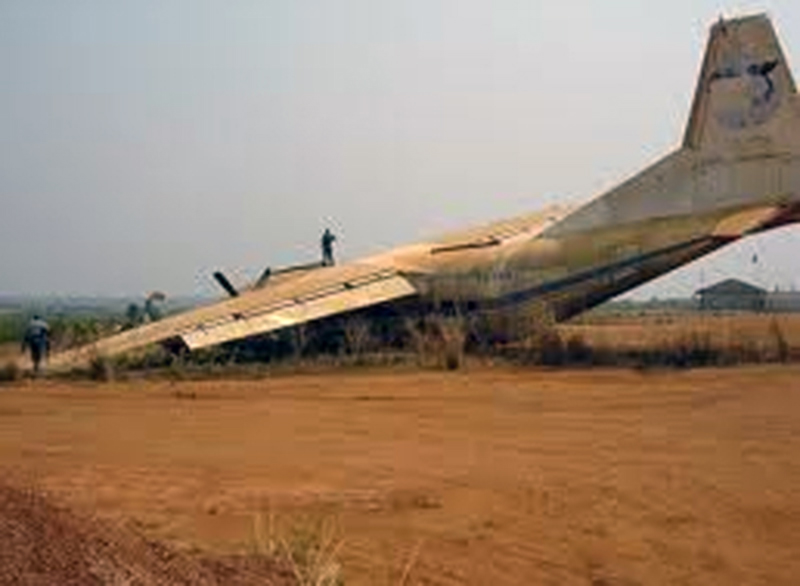Crash of an Antonov AN-12 in Luanda: 27 killed
Date & Time:
Feb 2, 1999 at 0508 LT
Registration:
EY-ASS
Survivors:
No
Schedule:
Luanda - Lucapa
MSN:
3 3 409 09
YOM:
1963
Crew on board:
4
Crew fatalities:
Pax on board:
10
Pax fatalities:
Other fatalities:
Total fatalities:
27
Circumstances:
Following a night takeoff from Luanda-4 de Fevereiro Airport, en route on a cargo flight to Lucapa, the captain informed ATC about technical problems with the engine n°1 and was cleared to return for an emergency landing. On final approach, the crew lost control of the airplane that crashed in the district of Bairro Cazenga, less than 5 km short of runway 25 threshold. The aircraft and several houses were destroyed. All 14 occupants as well as 13 people on the ground were killed. Four other people on the ground were seriously injured.
Probable cause:
Failure of the engine n°1 that caught fire during initial climb for unknown reasons.
